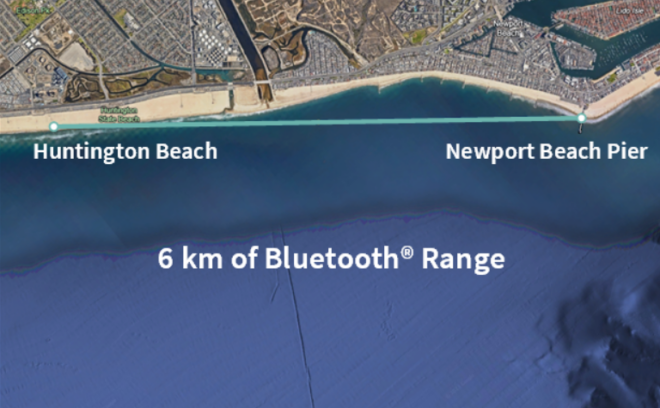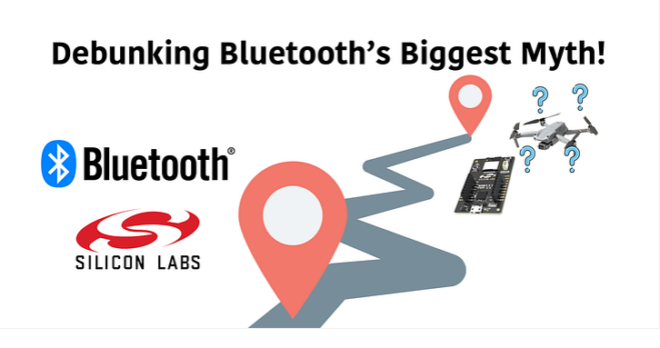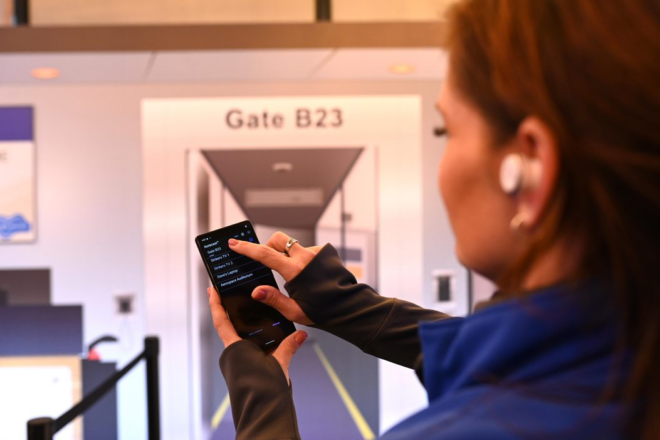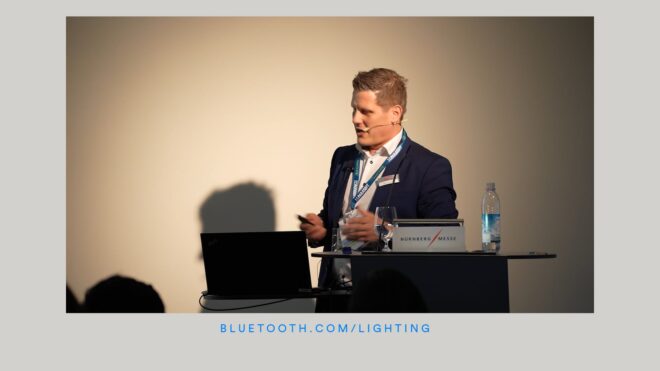Bluetooth® UnPlugFests (UPF) are nonprofit interoperability testing events supported by the Bluetooth Special Interest Group (SIG) for the benefit of its members. At UPF events, members have a chance to test their unreleased and unannounced Bluetooth products against products and prototypes from different companies. This testing improves the interoperability of Bluetooth devices being developed and released into the market.
UPFs are confidential events hosted in a neutral conference space with no public access, and attendees are required to adhere to a confidentiality agreement to participate. This protects the privacy of each engineer’s prototypes and products that have not yet come to market.
For any one developing with Bluetooth, UPF testing is mandatory.
UPF attendee
What to Expect from Attending
UPFs regularly see more than 225 participants, with nearly 150 devices being tested at each event. Implementers are encouraged to attend UPFs early in their product’s development cycle. This helps to ensure interoperability between devices that are likely to reach the market together and is especially true when implementing new specifications and/or optional features.
Attendees of a UPF event can expect to leave having:
- Tested with products not yet on the market
- Interacted with engineers from other companies
- Tested against the largest collection of Bluetooth® implementations
- Improved the interoperability and quality of products in development
Testing at UPF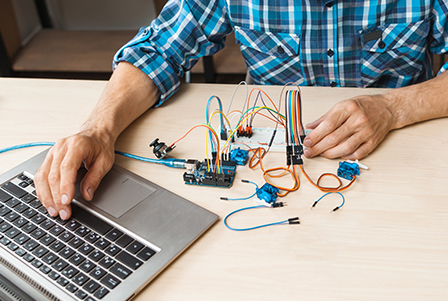
All test sessions performed at a UPF are organized through an automated scheduling system. The system pairs platforms with complementary capabilities and roles and then schedules these pairings for one-hour test sessions. The capabilities and roles used for the pairing process are set when you register the platform.
To enable platforms to test functionality with adopted Bluetooth specifications, there are three base test categories.
- Category-1 (controller): Testing may include verification of Forward error correction, Whitening, Adaptive Frequency Hopping, Secure Simple Pairing, and other features related to establishing an ACL connection.
- Category-2 (host): Tests are related to the portion of the stack above the HCI. This includes middle layer protocols, such as SDP, RFCOMM, BNEP, AVDTP, and AVCTP
- Category-3 (profiles, services, and protocols outside the Bluetooth core spec): Testing the application profiles that characterize the functionality end users are exposed to. This type of testing also tends to verify end-to-end user experiences. Testing Category-3 implementations enable implementers to not only test interoperability of their Bluetooth solutions but also to evaluate the end-user experience that is being offered by their implementation
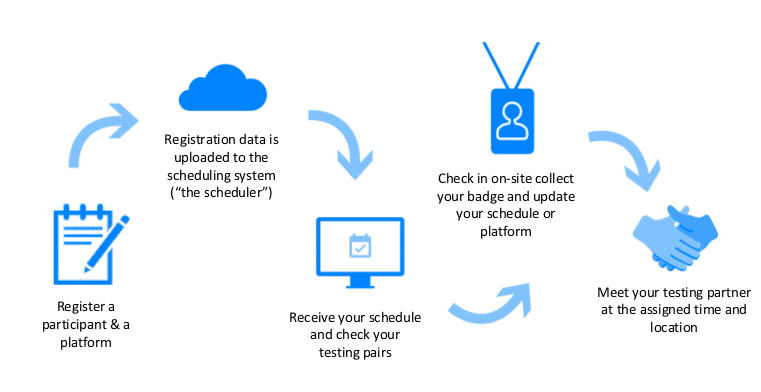
Additional Testing Opportunities
In addition to the base categories, the following testing is also performed at UPFs:
Attending UPF is very valuable. We found bugs we didn’t even know existed.
UPF attendee
The Profile Tuning Suite (PTS) is an automated test system validated for Bluetooth Qualification and utilized to ensure Bluetooth interoperability. The PTS acts as an initiator and acceptor in a test scenario. The PTS is a Black Box tester. Black Box testing is a technique whereby the internal workings of the Implementation Under Test (IUT) are unknown by the tester.
This technique has a few clear advantages:
- Since the designer and tester are independent of each other, the test is unbiased
- The tester does not need knowledge of any specific programming languages
- Testing is done from the point of view of the user, not the designer
- Test cases can be designed as soon as the specifications are complete
Learn more about the Profile Tuning Suite (PTS).
Robustness Test Sessions verify your implementations’ ability to withstand scenarios like buffer overflow, malformed strings, and other invalid behavior. These are not present at every UPF event.
Interoperability (IOP) prototyping sessions are usually organized in conjunction with UPFs. They exist primarily to verify new functionality defined in specifications in development, not the implementations of new profiles in end products. Unlike other sessions, the results of specification formal IOP tests are recorded so the information can be made available to the Bluetooth® Architectural Review Board (BARB) for analysis of specifications in development.
All results are made anonymous and used for the development of test requirements.
Learn more about what you can expect from attending UPF.
![]()
FEATURED DOWNLOAD
Enhancing Bluetooth Location Services with Direction Finding
A new Bluetooth direction finding feature allows devices to determine the direction of a Bluetooth signal, thereby enabling the development of Bluetooth proximity solutions that can understand device direction as well as Bluetooth positioning systems that can achieve down to centimeter-level location accuracy.





